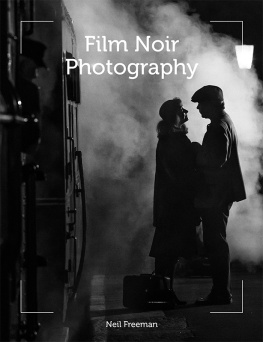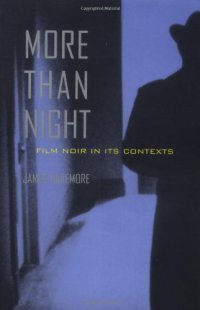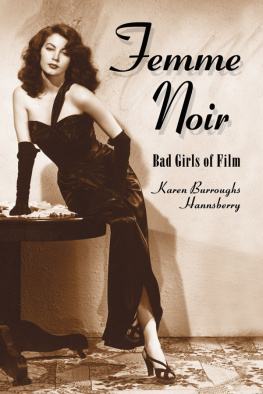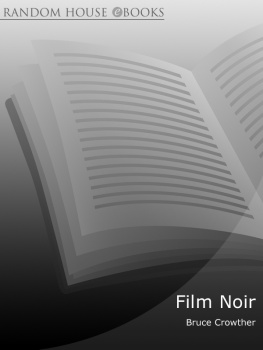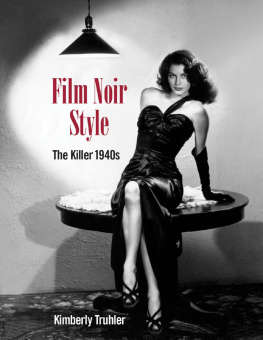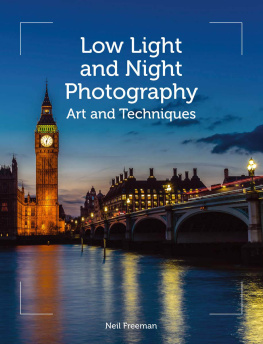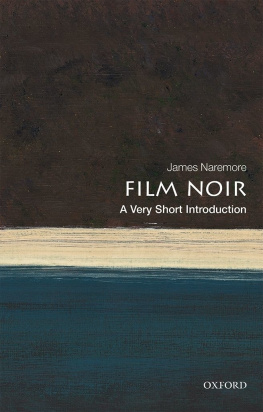Freeman Neil - Film Noir Photography
Here you can read online Freeman Neil - Film Noir Photography full text of the book (entire story) in english for free. Download pdf and epub, get meaning, cover and reviews about this ebook. publisher: Crowood, genre: Children. Description of the work, (preface) as well as reviews are available. Best literature library LitArk.com created for fans of good reading and offers a wide selection of genres:
Romance novel
Science fiction
Adventure
Detective
Science
History
Home and family
Prose
Art
Politics
Computer
Non-fiction
Religion
Business
Children
Humor
Choose a favorite category and find really read worthwhile books. Enjoy immersion in the world of imagination, feel the emotions of the characters or learn something new for yourself, make an fascinating discovery.
- Book:Film Noir Photography
- Author:
- Publisher:Crowood
- Genre:
- Rating:3 / 5
- Favourites:Add to favourites
- Your mark:
- 60
- 1
- 2
- 3
- 4
- 5
Film Noir Photography: summary, description and annotation
We offer to read an annotation, description, summary or preface (depends on what the author of the book "Film Noir Photography" wrote himself). If you haven't found the necessary information about the book — write in the comments, we will try to find it.
Film Noir Photography — read online for free the complete book (whole text) full work
Below is the text of the book, divided by pages. System saving the place of the last page read, allows you to conveniently read the book "Film Noir Photography" online for free, without having to search again every time where you left off. Put a bookmark, and you can go to the page where you finished reading at any time.
Font size:
Interval:
Bookmark:

Film Noir Photography
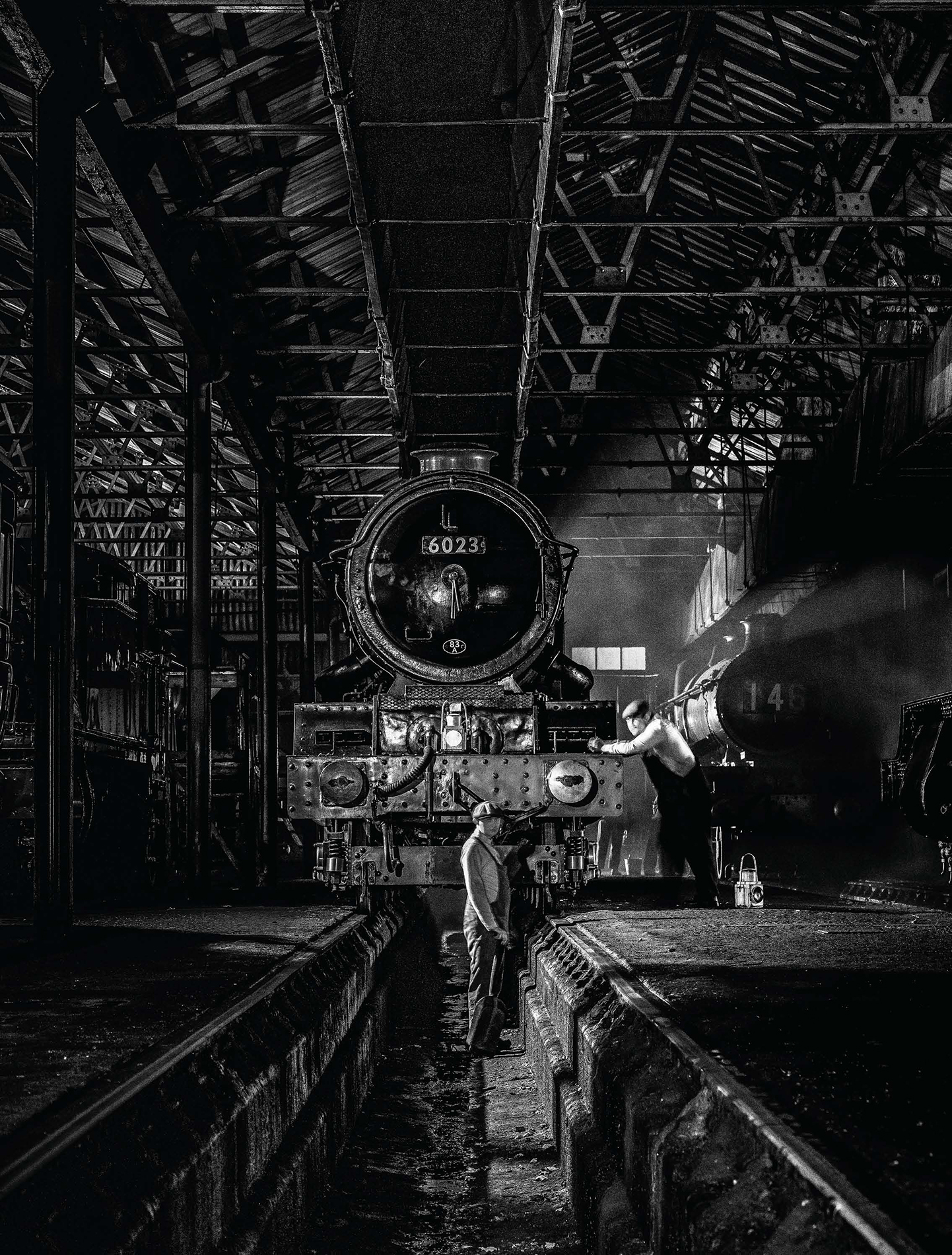
Film Noir Photography
Art and Techniques
Neil Freeman

First published in 2019 by
The Crowood Press Ltd
Ramsbury, Marlborough
Wiltshire SN8 2HR
This e-book first published in 2019
www.crowood.com
Neil Freeman 2019
All rights reserved. This e-book is copyright material and must not be copied, reproduced, transferred, distributed, leased, licensed or publicly performed or used in any way except as specifically permitted in writing by the publishers, as allowed under the terms and conditions under which it was purchased or as strictly permitted by applicable copyright law. Any unauthorised distribution or use of this text may be a direct infringement of the authors and publishers rights, and those responsible may be liable in law accordingly.
British Library Cataloguing-in-Publication Data
A catalogue record for this book is available from the British Library.
ISBN 978 1 78500 608 1
Introduction
Film noir portraits are a genre of photography that I never get tired of viewing or shooting. This classic look, made famous in the heyday of Hollywood films and portraits of the 1930s and 1940s, still captivate many people. The use of light, shadows and styling in the images creates a timeless look that is still relevant in todays world. I think the way the scenes are composed, with shadows and the implied drama, coupled with the low light aesthetic, looks iconic. The Hollywood or film noir style of lighting came to prominence between the 1930s and 1950s. At the time, this was the main way to market movies, movie stars and famous performers. By using light in such a way to create very powerful portraits, it further reinforced that the stars of this time were seen as different to everyone else. The images are created and lit for simplicity and emotion. This era is still considered by many (including myself) to be a golden age of photography due to the catalogue of classic images created. The photographers were using groundbreaking photography techniques. This, combined with their complete understanding of what could be achieved with the lighting available, enabled the studios to showcase and market their stars in a way that had not been seen before. These images, with their drama, elegance and sophistication started the portrait photography trend for photographers to paint with light rather than just use the light to achieve an exposure. By using multiple light sources in a controlled manner with careful and creative placement, the photographers could bring a new sense of emotion and storytelling to the images, which is what makes them the timeless classics that we still enjoy today.
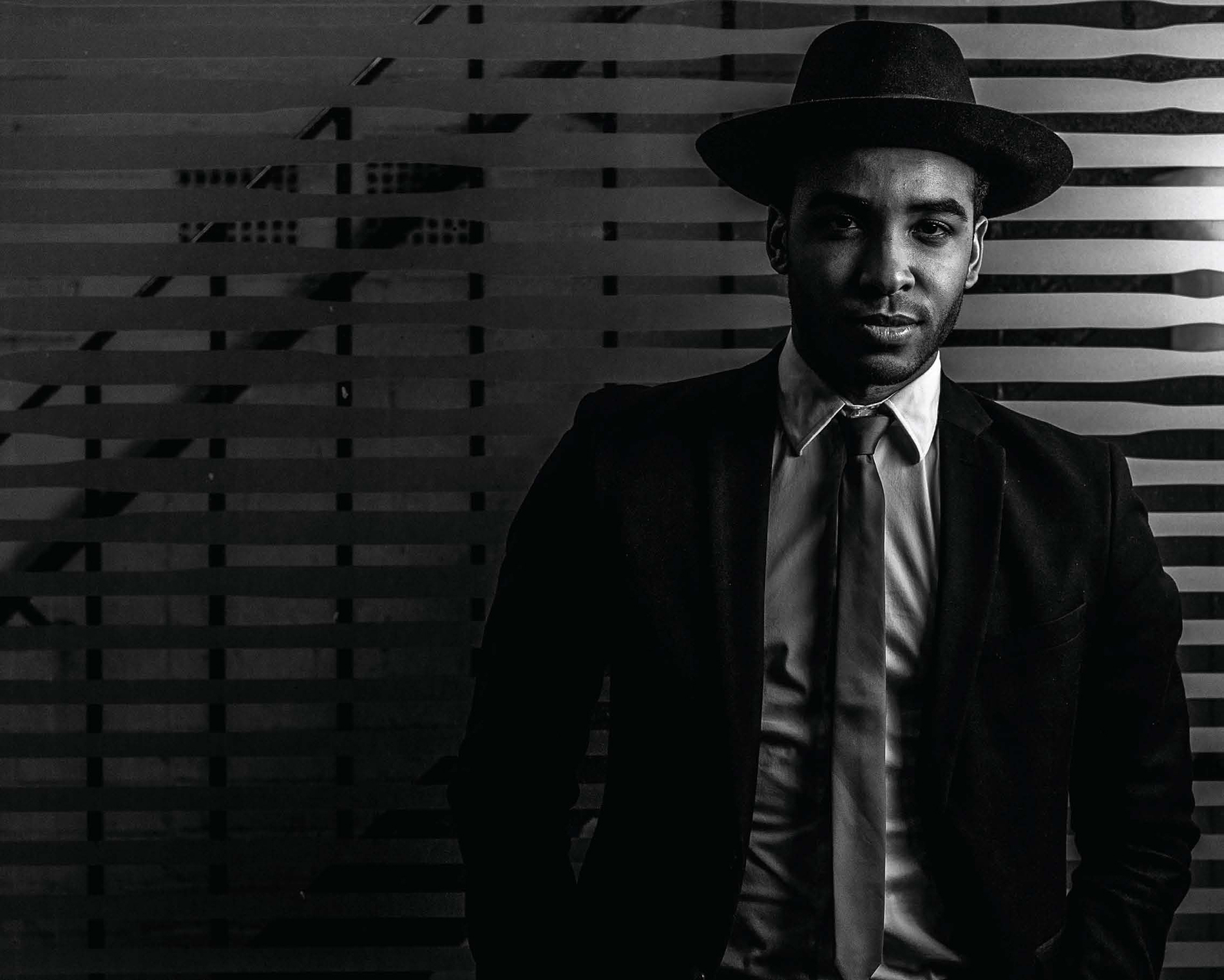
 Fig. 0.1
Fig. 0.1
This image was shot with a single speedlight placed high to the right and behind the model to create the mood in the image. Nikon D750, 24120mm 4 G, 1/400th, 4, ISO 100, SB-910 Speedlight, SU-800 infrared remote trigger.
As a photographer, the actors and actresses portraits that were used by the Hollywood studios for promotion of the current blockbuster films of the day really fascinate me, and they have been a big influence on a lot of my portraiture work. The portfolios of photographers, such as George Hurrell, Laszlo Willinger and others of this generation of 1930s and 1940s Hollywood photographers, have left us with a legacy of great images. Although arguably the images do not stand up well to technical scrutiny compared with the sharpness you can achieve with todays cameras and lenses, I still consider them to be outstanding works of photography given the cameras, lighting, lenses and printing techniques in use at the time.
In my professional photography career, I have photographed many film noir-style shoots everything from recreating some of the iconic images to putting my own interpretation on this classic style of portraiture. The portrait shots in my portfolio that stand out as my favourites are inspired by film noir. Whether they are the product of a controlled studio shoot or have been taken on the streets in an urban environment, each of these images have something special about them. The chiaroscuro lighting used to great effect in all good film noir photography is one of my favourite forms of lighting and although initially it can look daunting to create and master, with modern speedlights or studio flashes it is actually very easy to create. Of course, it is nearly impossible to reconstruct exactly how a particular image was lit eighty or ninety years ago, however, technology has changed significantly, which makes our job as photographers easier. With film noir portraits, your ability to see, create and shape the light in the scene is the single biggest contributing factor to the success of the image. Making the shapes and shadows come to life, using either the implied menace of a shadow falling into a scene or the bright highlights of a studio portrait, is what gives us our film noir look and elevates the images beyond a standard black and white portrait.
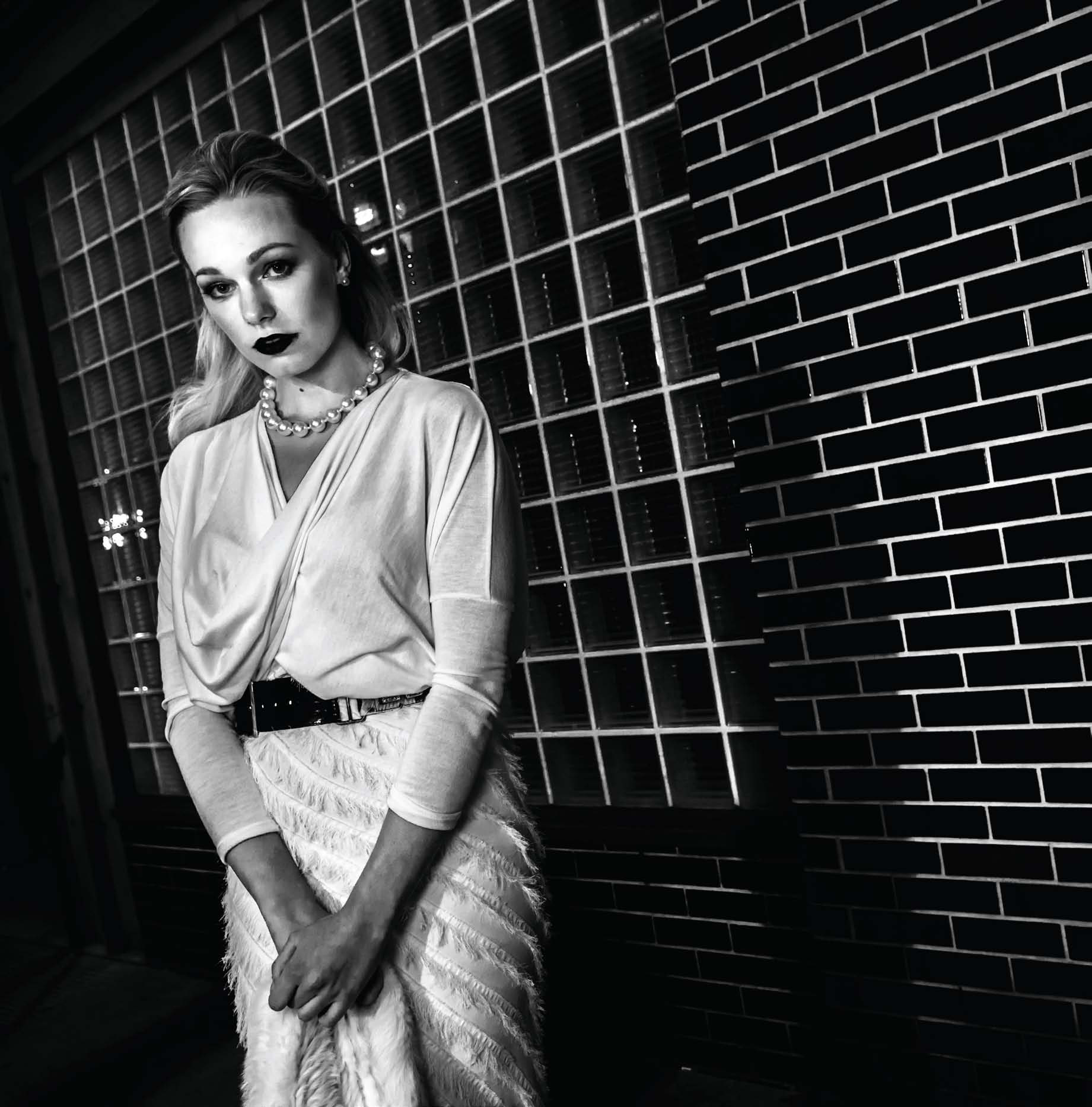
 Fig. 0.2
Fig. 0.2
Here Ive used two speed lights, one to light the model and the other to create extra detail in the background. Nikon D810, 24120mm 4 G, 1/500th, 4, ISO 100, 2 SB-910 Speedlights, SU-800 infrared remote trigger.
Throughout this book, I will be aiming to show how you can set up the lighting in your images to give a ratio that creates this strong contrast between light and dark, and creates the chiaroscuro lighting effect. This offers us as photographers the chance to create some amazing images. A digital darkroom also has its place in creating the film noir look; even with the dynamic range in todays digital sensors it is important to understand what can and cannot be captured in camera. Its worth noting that the classic Hollywood portraits were actually heavily retouched, especially the skin, so that it appeared flawless. This was done by painting out any imperfections or making any other changes required on the negative before producing the prints. However, the one thing that cannot easily be fixed in postproduction is poor lighting. To shoot a great portrait, you need controlled lighting. This may come from one or multiple lights. When you learn to use light modifiers, such as barn doors, softboxes and snoots alongside techniques such as feathering and flagging light, you will become a photographic artist and light will be something you paint on to your subject and scene. This will help you turn your everyday portraits into exciting film noir masterpieces.
One of the other big things in film noir and Hollywood portraiture is what could be considered fake lighting. Many photographs of this genre have lots of lights in the images be it a table or overhead lamp or a streetlight seeming to create a long shadow. If you actually look closely at the images and where all the shadows are really falling in the photograph you will soon realize that a lot of the lighting included in the image is for effect only and bears no relationship to the lighting falling on the main subjects in the image. The real lighting used to create the image is actually out of shot. So if you are trying to recreate some of the classic images from this period you really need to become a bit of a detective and use your photographic and perception skills to work out what, where and how the lighting is put together for any particular image. Given the body of work that exists across movies and stills for film noir, the benchmark is quite high if you start to try and recreate some of the great images. To shoot a film noir image to a high standard can be both fun and challenging at the same time. It is a real test of your lighting skills and even placing the light or subject a few centimetres out can be the difference between success and failure. By using such precisely controlled lighting we can make the most of the light we have available; be it a spotlight casting a long shadow or a rim light creating an outline of the hero or heroine. Very often when building up the lights in my images I find that I start to go on a journey with the light, which leads to doing something slightly different from my original plan and results in more experimentation. This always means that there are many more images to take or ideas to explore.
Font size:
Interval:
Bookmark:
Similar books «Film Noir Photography»
Look at similar books to Film Noir Photography. We have selected literature similar in name and meaning in the hope of providing readers with more options to find new, interesting, not yet read works.
Discussion, reviews of the book Film Noir Photography and just readers' own opinions. Leave your comments, write what you think about the work, its meaning or the main characters. Specify what exactly you liked and what you didn't like, and why you think so.

